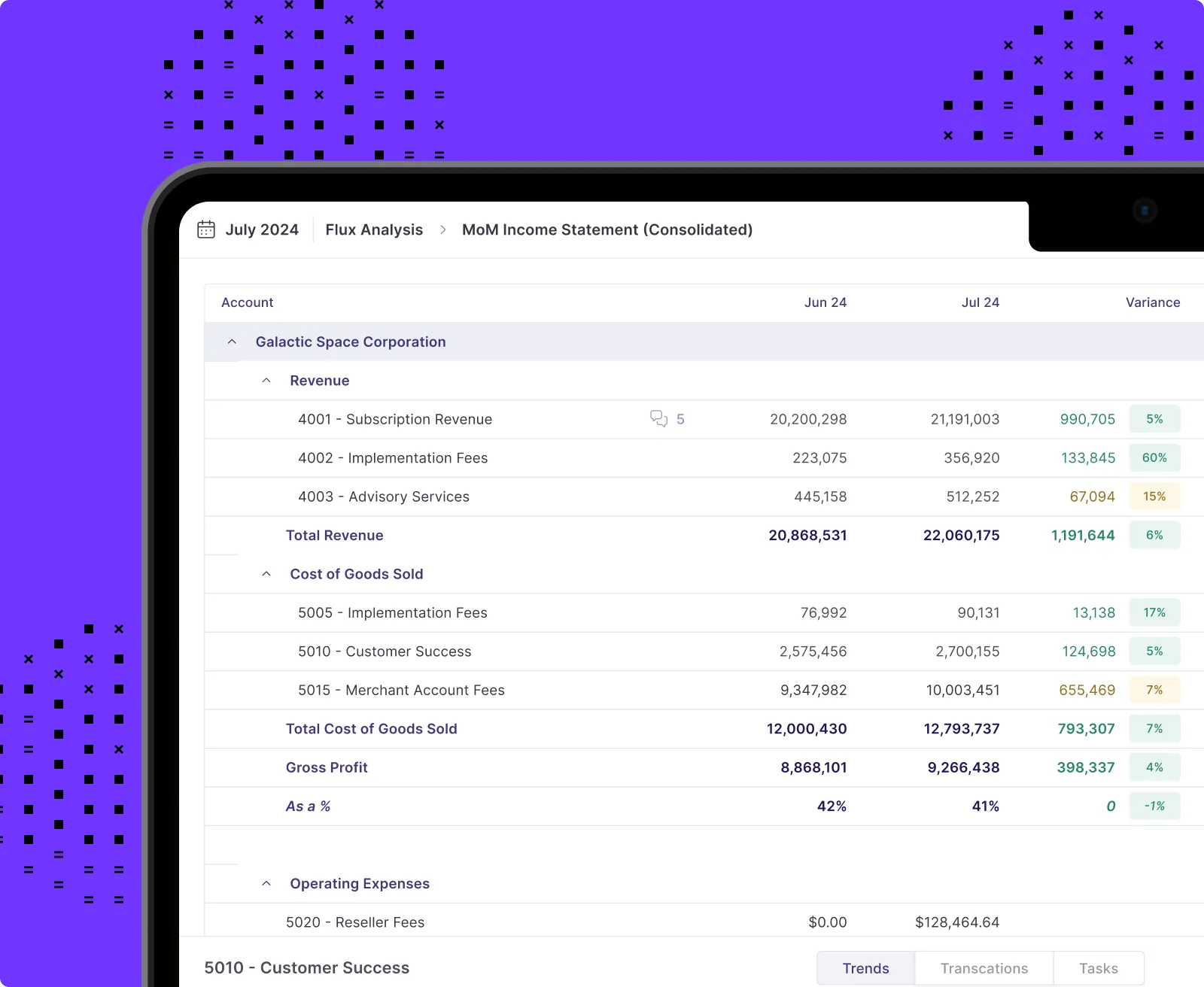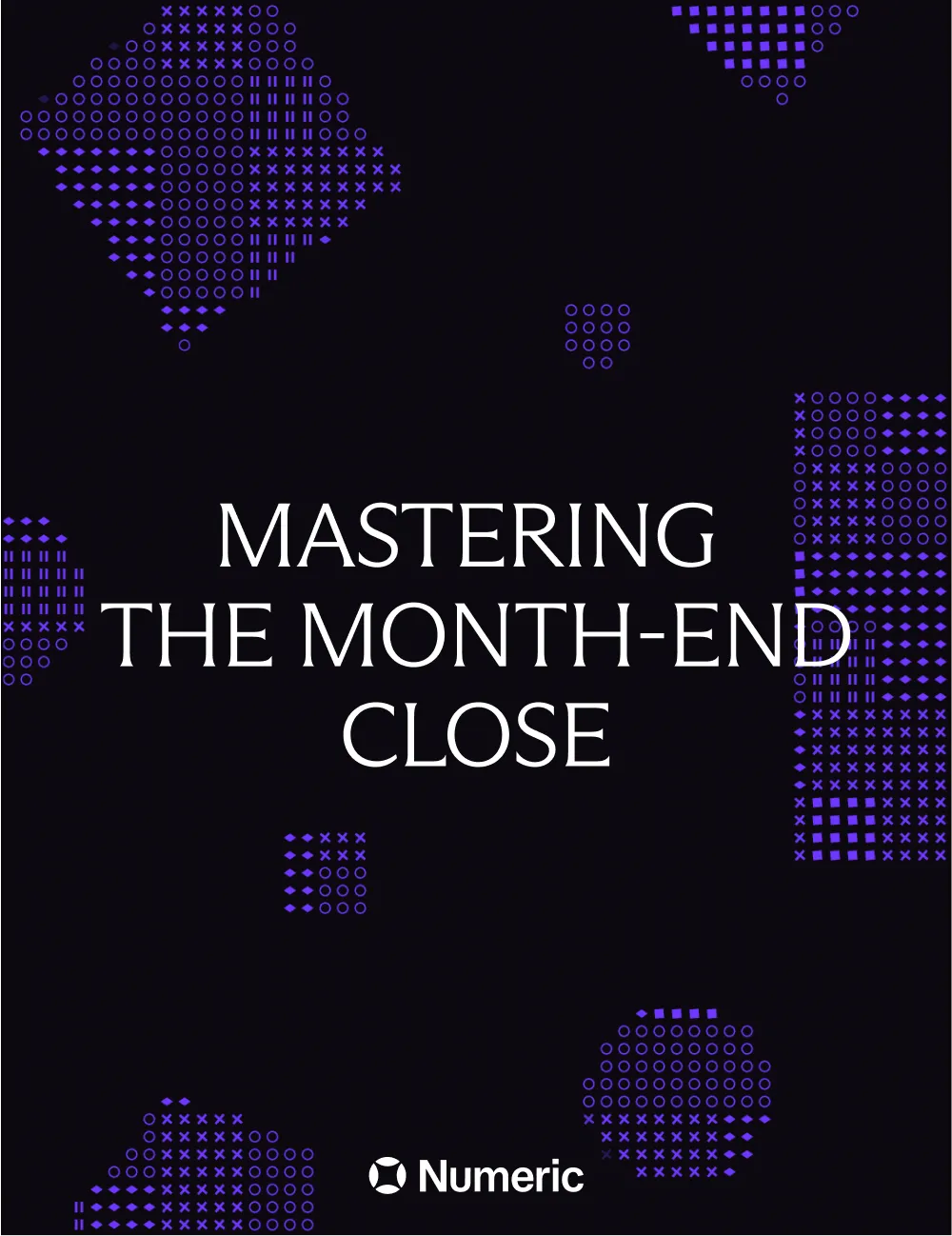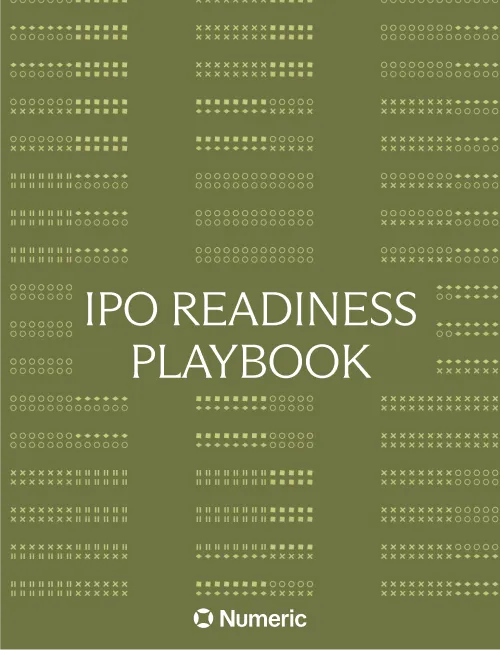What are intangible assets and how do you value them?
%2520(1).webp)
What are intangible assets and how do you value them?
Assets not physical in nature—that have no physical form or shape—are intangible assets. These fixed assets are both created or acquired.
Lucy’s Lemonade Stand
Imagine a child, Lucy, who operates a lemonade stand during the summer. Lucy’s grandmother has taught her a secret family recipe for making delicious lemonade. Lucy has also come up with a catchy jingle that she sings to attract customers to her stand, and she has even drawn a unique and memorable logo that she uses on her sign and cups.
These intangible assets can be identified as follows:
- Secret Family Recipe (Trade Secret): The recipe gives Lucy a competitive edge, as it’s unique to her lemonade stand and cannot be easily replicated by others.
- Catchy Jingle (Copyright): The original jingle Lucy sings can be considered an artistic creation, protected by copyright.
- Customer List of an acquired competitor (Customer List): Lucy acquired a list of customers from a competitor down the road who was going out of business.
While these intangible assets don't have a clear monetary value like the prepaid expenses for the tool, they contribute to Lucy's ability to attract customers and build a loyal customer base. Unlike tangible assets, they won’t depreciate over time but can instead grow in value as Lucy's lemonade stand becomes more popular.
In accounting terms, these intangible assets might be handled as follows, if Lucy were to formally register and protect them:
When Recognizing the Intangible Assets:
- Debit (increase) Intangible Assets: Estimated value (if any)
- Credit (decrease) Cash or Equity: Corresponding value
As Lucy continues to operate her lemonade stand, she might amortize certain intangible assets like the list of customers she acquired from a competitor, if applicable:
At the End of Each Period (Amortization):
- Debit (increase) Amortization Expense: Amount
- Credit (decrease) Intangible Assets: Amount
However, the intrinsic value of her secret recipe and jingle might remain on her “books” indefinitely, as long as they continue to provide value to her business.
Why do intangible assets matter?
If you follow music industry news, you may remember the recent case of a blues artist from Seattle going up against the music group Lady Antebellum for use of the name Lady A. Although Anita White had used the stage name Lady A since the 1980s and released albums under the name since 2010, she never officially registered a trademark. Well-known country group Lady Antebellum applied in 2010 to register the Lady A trademark, but did not officially use it as anything other than a nickname until 2020. As soon as it became public knowledge that they were officially changing their name to Lady A, costly legal battles ensued. The murky situation highlighted the importance of even a small-time artist or business understanding intangible assets. While the matter has since been settled, it showed the cost of not identifying and protecting intangible assets.
Intangible assets can create a strong competitive advantage for businesses. By protecting them, you block competitors, are able to license and sell your intangible assets, and it can make you more attractive to investors and lenders.

Understanding intangible assets
Intangible assets have no physical substance and typically possess long-term value that increases over time. They commonly include intellectual property like trademarks, patents, and copyrights or intangible assets that set a business apart, such as brand recognition and goodwill.
Intangible assets can be divided into two categories: those with identifiable values, for example, patents and trademarks, and those without identifiable values that do not amortize, such as brand recognition and goodwill. The former can be measured and reported on the balance sheet, while the latter is not reported on the balance sheet but is just as crucial in driving the company's success.
Intangible assets can also be identified based on life, such as limited life or unlimited life. Limited life means it will inspire at some point, while unlimited have infinite lifespans.
Common types of intangible assets
How intangible assets are valued, amortized, and reported
Let’s say a company decides to acquire a trademark. If they choose to apply and go through the steps to receive approval on a new trademark, their accounting treatment will only capitalize fees directly associated with the registration of a new trademark, the registration and legal fees. A separate valuation (used to determine value of intangible assets) is conducted for sale purpose, and done using feedback from industry experts, market surveys, and other studies that identify the brand’s earning potential.
If a company chooses to purchase a trademark instead, they will capitalize the cost on its balance sheet. They will amortize a trademark in records if it has a determined useful life. For example, the company bought a trademark for $45,000 with a useful life of 5 years.
Relevant Accounting Principles: Intangible asset handling according to GAAP/IFRS
Both the GAAP (Generally Accepted Accounting Principles) and IFRS (International Financial Reporting Standards) state that intangible assets lack physical substance but meet the definition of an asset; and it’s expected to benefit the organization for more than a year. They also outline a set of accounting principles for handling intangible assets.
Recognition of intangible assets
The IFRS and GAAP recognize an intangible asset if it is “probable there will be future economic benefits from the asset; and the cost of the asset can be reliably measured.” It needs to meet either the contractual-legal criterion or the separable criterion.
Valuation of intangible assets
According to the American Institute of Certified Public Accountants (AICPA), businesses can value their intangible assets using three methods: market approach, income approach, and cost approach.
- Market approach: Extracts value based on relative analysis.
- Income approach: Used when intangible assets have a cash flow stream.
- Cost approach: Relies on substitution ( a product or service that can be used in place of another).
Amortization of intangible assets
Amortization of an intangible asset is a process through which the cost of the asset is expensed or written off incrementally over time. For tax purposes, most intangibles are required to be amortized over a 15-year period as set forth by the IRS.
While there are several ways to calculate intangible asset amortization, the straight line method is commonly used. The amortization is found on the profit and loss statement under the expense category.
However, there are some nuances:
- Indefinite-lived intangibles: Intangible assets that are deemed to have an indefinite life are not amortized. Instead, they are tested at least annually for impairment. Goodwill and some trademarks might fall into this category.
- Goodwill: Goodwill arises from business combinations when the purchase price exceeds the fair value of net assets acquired. Under GAAP, goodwill is not amortized. Instead, it's tested annually for impairment, or more frequently if events or changes in circumstances indicate that the asset might be impaired.
- Impairment: If there's evidence that the value of an intangible asset (or any long-term asset) has decreased below its carrying amount, an impairment test is performed. If the asset is determined to be impaired, its carrying amount is written down to its fair value, and an impairment loss is recognized.
- Estimation of useful life: The determination of the useful life of an intangible asset is based on judgment and consideration of various factors, such as the expected use of the asset, any legal, regulatory, or contractual provisions that limit its useful life, and other economic factors.
It's essential to refer to the Financial Accounting Standards Board's (FASB) Accounting Standards Codification (ASC) for comprehensive guidance on intangible assets, especially when dealing with specific scenarios or nuances.
When Intangible Assets Get Complicated
Intangible assets can feel like a moving target. There have been several changes to requirements and guidelines as it relates to business combinations and intangible assets. Other challenges complicating intangible assets are:
- Multiple Assets: Managing various types, each with unique rules.
- Valuation Challenges: Complexities in assessing fair value.
- International Considerations: Managing intangibles across various legal jurisdictions.
- Changing Regulations: Compliance with evolving accounting standards.
Ways to improve intangible asset management
Modernizing your accounting systems can improve your intangible asset process. Assess where you’re at and identify what would streamline your operations. From here, you can standardize workpapers and begin to automate workflows.
- Completeness: The first priority is ensuring that all necessary transactions are correctly coded in the intangible asset subledger. By utilizing Numeric, teams can establish real-time monitoring and alerts. This automation will automatically trigger notifications about transactions requiring review, streamlining the oversight process.
- Accuracy: Following the completeness check, teams must scrutinize their intangible asset subledger to guarantee data accuracy and proper recording of all items. Numeric serves as a valuable tool in this phase, allowing teams to review all of their month-end accounting work in one consolidated location, thus enhancing efficiency.
- Adjustment: Next, the necessary journal entry or entries are posted to the general ledger. Numeric offers the ability to track these adjustments automatically, providing a seamless connection between the subledger and the general ledger.
- Reconciliation: Once adjustments have been recorded, it's vital to ensure that the workpaper aligns with the general ledger. Numeric facilitates this process by automatically pulling data from both workpapers (such as this best-practice template) and the general ledger. This integration ensures that the ending balance is appropriately substantiated, reinforcing accuracy and compliance.
By leveraging a tool like Numeric, businesses can transform the often complex and time-consuming tasks associated with intangible assets into a streamlined and automated process. The result is a more accurate, efficient, and auditable management of this critical financial element.
In conclusion
In order to achieve business growth, today's organizations must invest in intangible assets. These assets include non-physical things such as intellectual property, brand recognition, and customer relationships, which can be challenging to quantify and measure. While they may not appear on a company’s balance sheet, intangible assets are still incredibly valuable to a company's long-term success. Optimizing these assets requires streamlined processes and strategies and a deep understanding of how they contribute to the business's overall value. By taking a thoughtful and proactive approach to managing intangible assets, companies can position themselves for sustained growth and success in the years to come.



















.png)
.png)
.png)